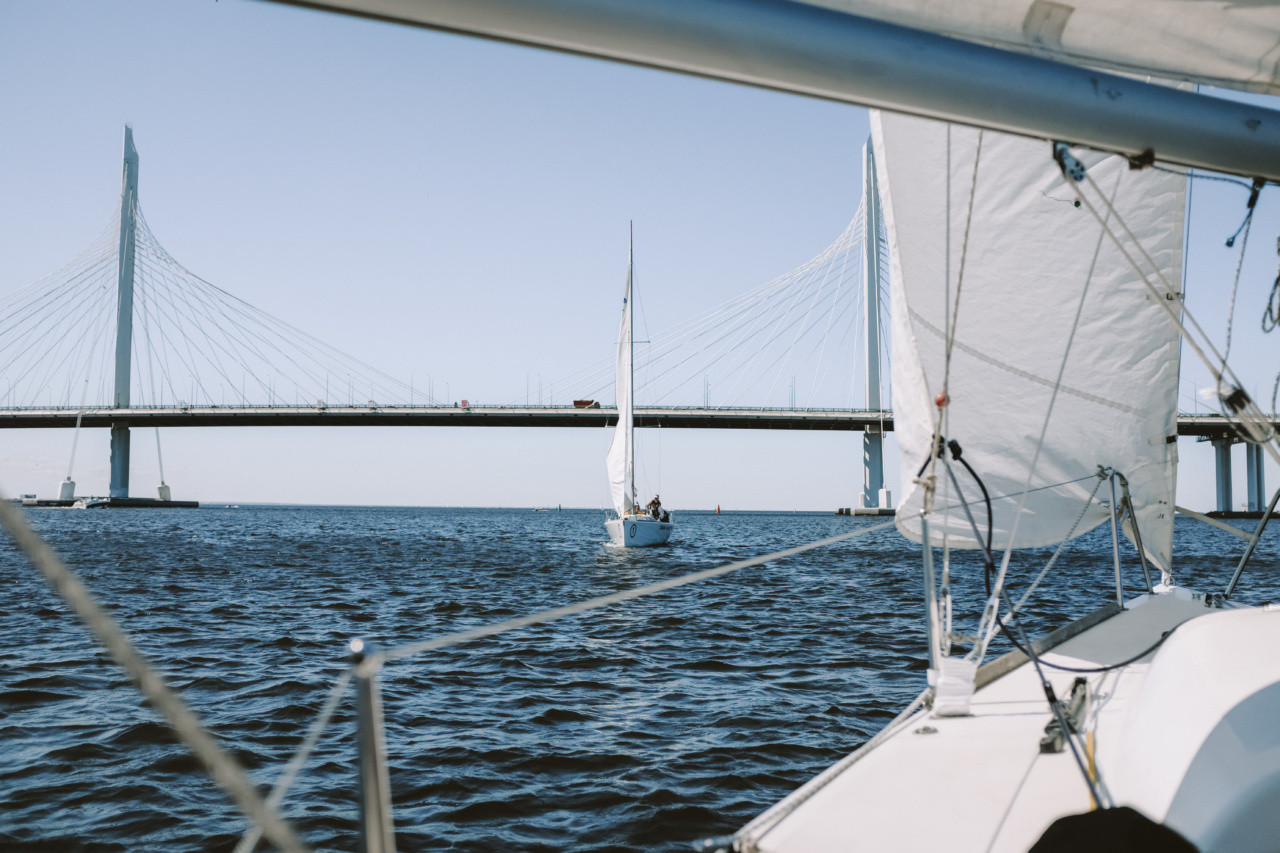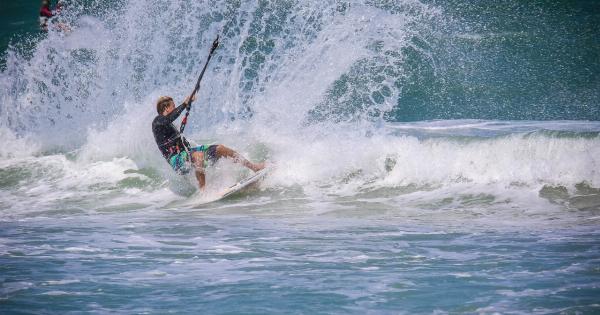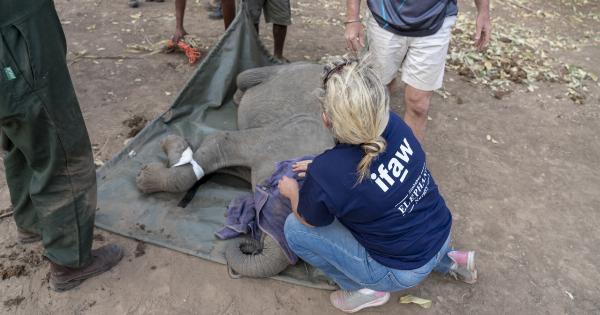Exploring the ocean is a thrilling and adventurous experience, but it’s important to be aware of potential dangers that lurk beneath the surface.
From rip currents to marine life, there are several hazards that can pose a risk to swimmers, surfers, and divers. By following a few tips and tricks, you can stay safe and enjoy your time in the water. Here’s a guide to navigating ocean hazards:.
1. Understanding Rip Currents
Rip currents are one of the most dangerous hazards in the ocean. They are powerful, narrow channels of water that flow away from the shore, pulling swimmers out to sea. It’s crucial to know how to identify and deal with rip currents:.
– Look for calm patches of water between breaking waves. These areas often indicate the presence of a rip current..
– If caught in a rip current, stay calm and avoid swimming against it. Swim parallel to the shore until you’re out of the current, then swim back to shore..
2. Being Cautious of Marine Life
Encounters with marine life can be awe-inspiring, but it’s important to approach with caution. While most marine creatures pose no threat to humans, some can be dangerous. Here are a few guidelines:.
– Avoid touching or swimming near unfamiliar marine animals, especially jellyfish, stingrays, and certain species of fish..
– Familiarize yourself with local marine life and their habits before venturing into the water..
3. Sun Safety: Protection from UV Rays
Spending time in the water means prolonged exposure to the sun’s harmful ultraviolet (UV) rays. Protect yourself from sunburn and reduce the risk of skin cancer with these tips:.
– Apply a broad-spectrum sunscreen with at least SPF 30 before heading into the water..
– Wear a wide-brimmed hat, sunglasses, and protective clothing to shield your skin from direct sunlight..
4. Watching Out for Dangerous Weather Conditions
Weather conditions can change rapidly, especially near coastal areas. It’s crucial to stay informed and watch out for signs of dangerous weather:.
– Check weather forecasts before heading to the ocean, and be aware of any storm warnings or advisories..
– Keep an eye out for sudden changes in wind speed, darkening skies, or distant thunder, which may indicate an impending storm..
5. Knowing Your Limits: Swim and Dive within your Abilities
It’s important to have a realistic understanding of your swimming and diving abilities. Pushing yourself beyond your limits can lead to accidents and injuries. Follow these guidelines:.
– Only swim in areas that are designated for swimming and have lifeguards on duty..
– If you’re new to diving, take a certified diving course and practice in controlled environments before attempting open-water dives..
6. Avoiding Dangerous Waves and Undertows
Dangerous waves and undertows can quickly turn a fun day at the beach into a dangerous situation. Here’s how to navigate them safely:.
– Observe the waves before entering the water. If they appear too powerful or unpredictable, it’s best to stay on the shore..
– If caught in an undertow, remain calm, swim parallel to the shore until you’re out of it, then swim back to safety..
7. Utilizing Safety Equipment
Using appropriate safety equipment is essential for active water activities. Here are some equipment recommendations:.
– Wear a well-fitted life jacket for activities such as boating, kayaking, or jet skiing..
– Use a snorkel vest or floatation device when snorkeling to conserve energy and stay afloat..
8. Staying Hydrated
Spending time under the sun and engaging in physical water activities can lead to dehydration. Stay hydrated and avoid heat-related illnesses with these tips:.
– Drink plenty of water before, during, and after your time in the water..
– Avoid alcohol and caffeinated beverages, which can dehydrate the body..
9. Practicing Buddy System
It’s always safer to swim, surf, or dive with a buddy. The buddy system provides an extra layer of safety and can help in case of emergencies:.
– Always have a reliable swimming, surfing, or diving partner with you..
– Keep an eye on each other and communicate effectively during water activities..
10. Learning Basic First Aid and CPR
Accidents can happen even in the safest environments. Being equipped with basic first aid and CPR knowledge can make a significant difference in an emergency situation:.
– Take a basic first aid and CPR course to learn essential life-saving techniques..
– Keep a well-stocked first aid kit nearby during water activities..






























